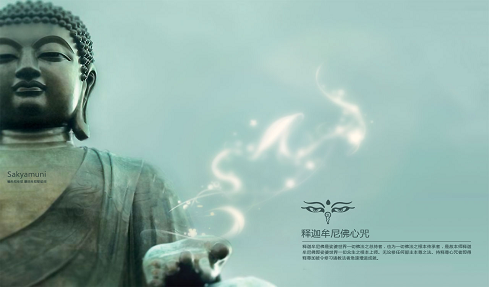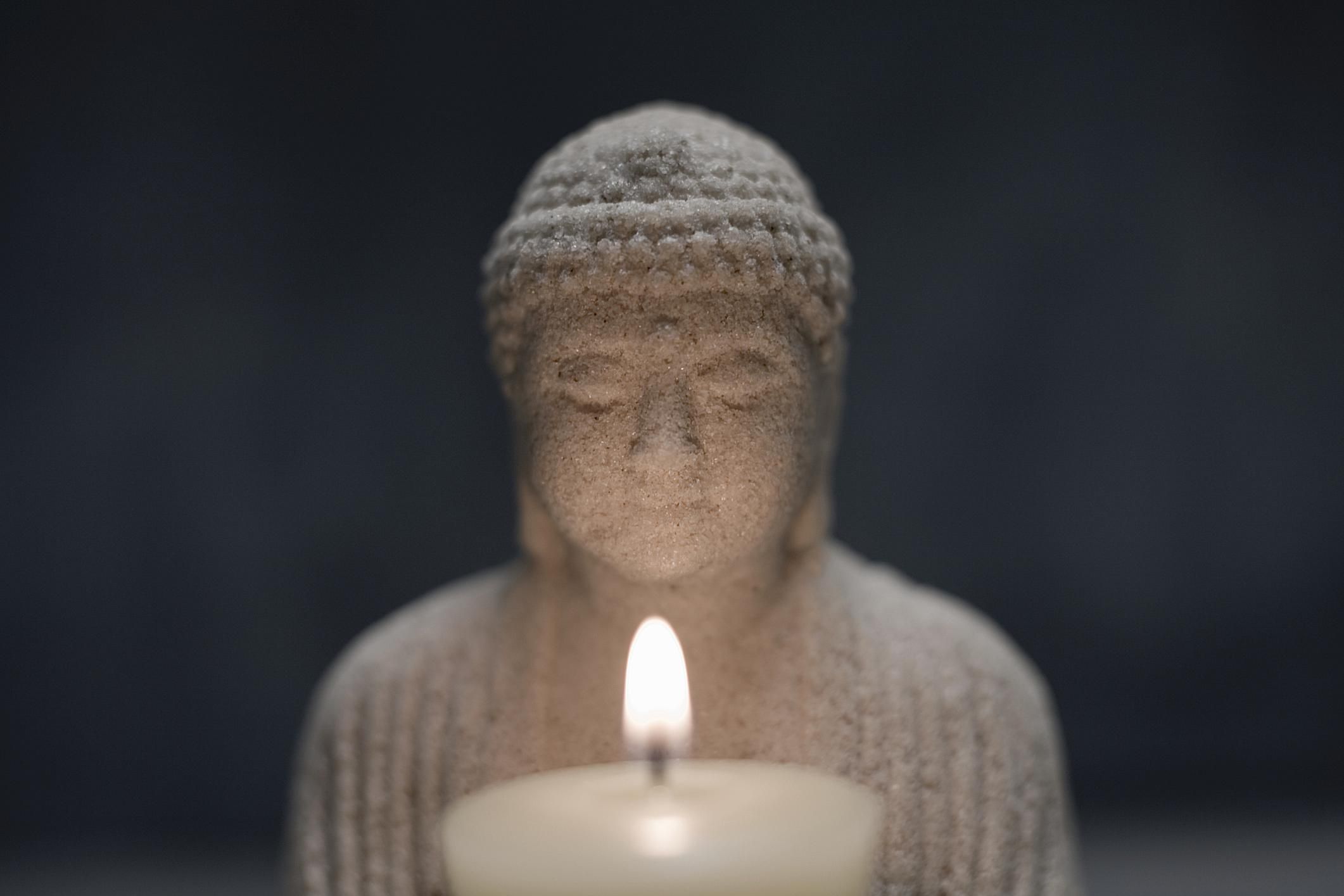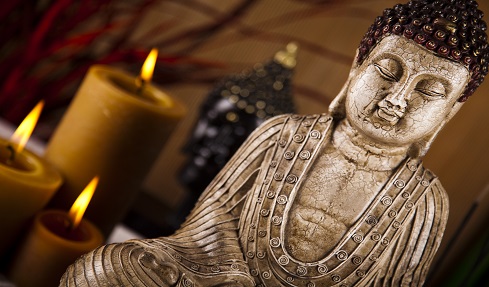Mahayana Buddhism calls for transcendence, not desertion, of samsara. The bodhisattvas practice emptiness, not-self, or great compassion not to escape from the suffering of samsara but to benefit sentient beings more thoroughly and effectively, and to serve the needs of others more generously. Ordinary people, unable to break loose from samsara, have no choice but to remain trapped in the cycle of rebirth. Whereas the bodhisattvas, no longer being bound by samsara, choose to remain because sentient beings only exist in samsara, not in nirvana. In order to deliver sentient beings from all suffering, the bodhisattvas must work from within, not out of, samsara. The key to understand this dichotomy lies in distinguishing between the relative truth and the absolute truth.
Excerpt from Luminous Wisdom Book Series: The Right View ~ The Four Noble Truths










